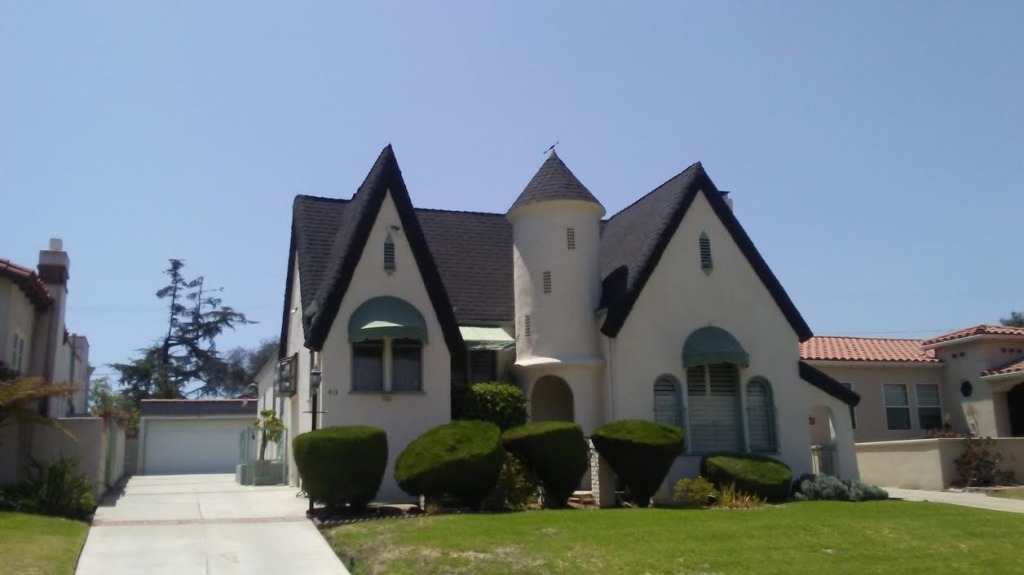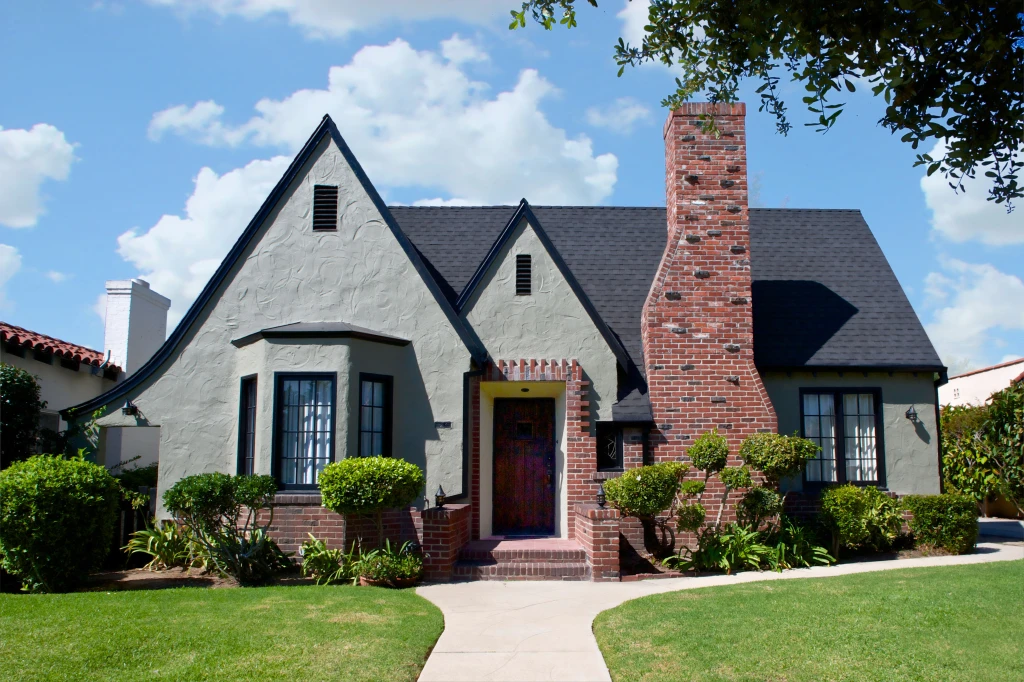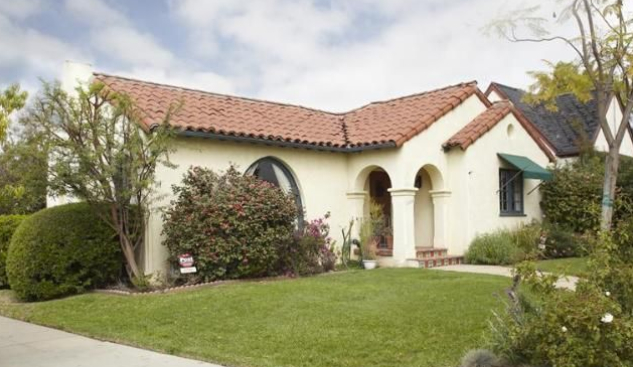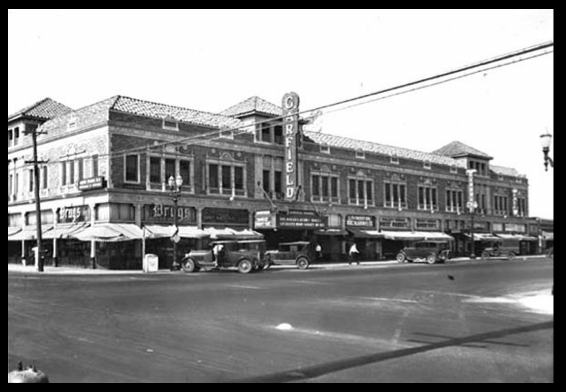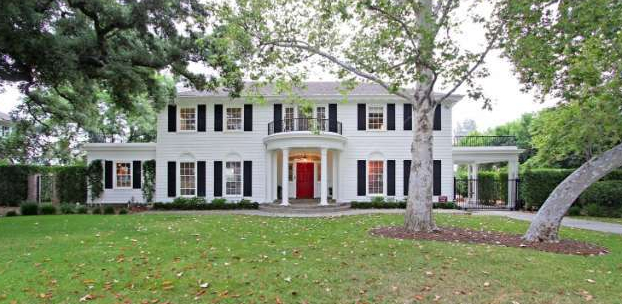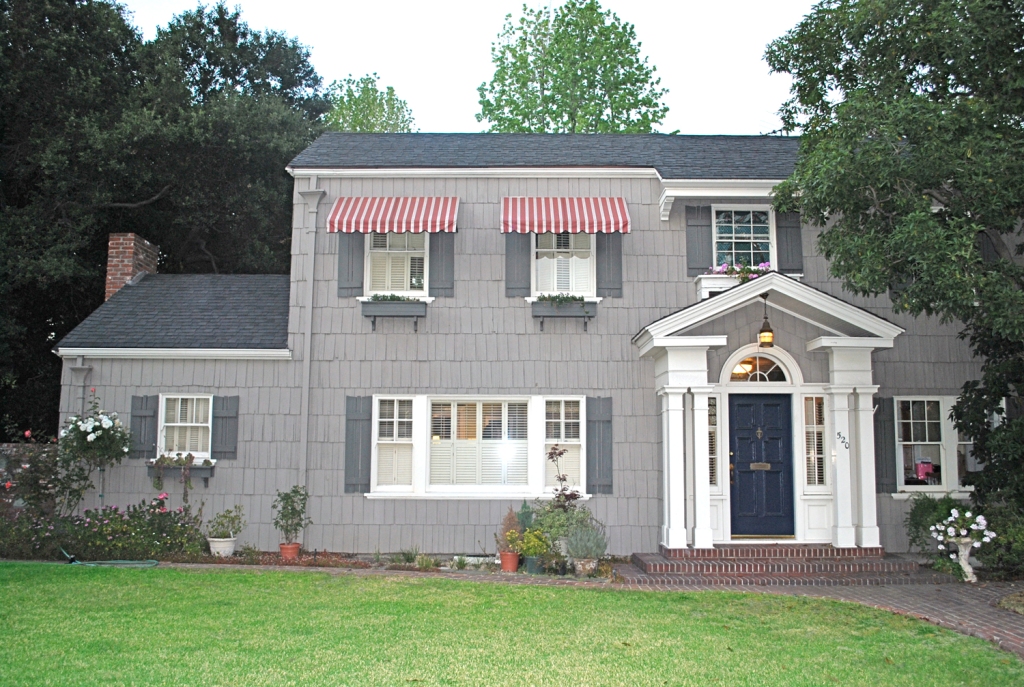
This year we are focusing on 1920s Alhambra. In this issue, we shine the spotlight on three of Alhambra’s neighborhoods that were developed and “grew up” in the 1920s – Emery Park, Mayfair and the Orange Blossom Manor Tracts.
All three of these 1920s neighborhoods include homes that feature the architectural styles that were prevalent in the 1920s – Spanish Colonial Revival, Storybook, American Colonial Revival, Tudor Revival, the English Cottage, among others. Architecturally, the 1920s was a time when there was a style for every taste, and all those “styles” can be still be found in present-day Alhambra neighborhoods – nearly a century after they were built.
Emery Park
The official opening day celebration for Emery Park was held on Sunday, February 26, 1922. Emery Park was a brand new subdivision, created from an area west of Fremont Avenue and south of Main Street, that had been annexed to the City of Alhambra in 1908. It had once been known as Dolgeville – Alfred Dolge’s model manufacturing suburb.
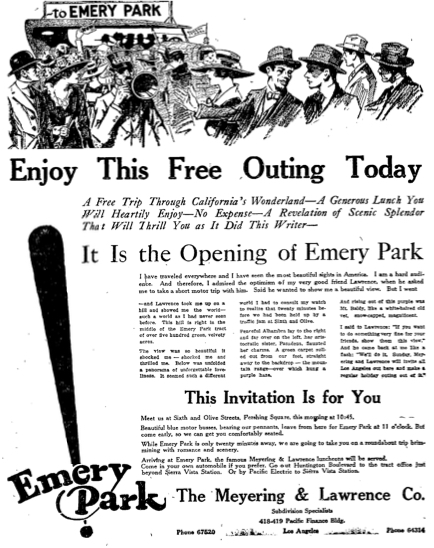
More than 1,000 people attended Emery Park’s opening day event, which was sponsored by the real estate development firm of Meyering & Lawrence. Many of them traveled from downtown Los Angeles on buses hired by the company. A free lunch was served as an enticement, and prizes were given away to buyers – handy domestic items that homeowners might need – like sewing machines, rocking chairs, table lamps and coffee percolators.
It must have been quite an impressive sight on that beautiful, late winter day, to see the more than 500 acres of Emery Park from a viewpoint near the top of the hill! One writer described his own experience of seeing the new subdivision for the first time:
“The view was so beautiful it shocked me – shocked me and thrilled me. Below was unfolded a panorama of unforgettable loveliness. It seemed such a different world I had to consult my watch to realize that twenty minutes before we had been held up by a traffic jam at Sixth and Olive. Peaceful Alhambra lay to the right, and far over on the left her autocratic sister, Pasadena, flaunted her charms. A green carpet rolled out from our feet, straight away to the backdrop – the mountain range, over which hung a purple haze. And rising out of this purple was Mt. Baldy, like a white-haired old vet, snowcapped, magnificent.”
Writer Unknown
Twenty-two lots were sold that first afternoon alone. A grading camp was established on site, and work began on the construction of streets and roadways within Emery Park. Poplar Blvd was already paved, but it was widened so that the new tract could be connected to the main business district in Alhambra.
Fast forward nearly a century and many of the homes that were built in Emery Park remain there today. Driving up and down Emery Parks’ streets, one will still find Spanish Revival, Pueblo Revival, Colonial Revival, Tudor Revival and Storybook homes.
Mayfair
Named after one of the most elegant and expensive sections of the city of London, Alhambra’s Mayfair Tract is 63 acres in size, bounded by San Marino Avenue on the north, Valley Boulevard on the south, Garfield Avenue on the east, and 6th Street on the west.
By the 1920s, Mayfair remained one of Alhambra’s last major undeveloped land tracts. The only other large areas of land that still remained were the Graves and Bean orchards in the northeastern portion of the city. With the newly built Garfield Theater just down the street and new businesses popping up all along Valley Boulevard, which had recently changed names from Ocean to Ocean Boulevard, one can understand the appeal of Alhambra’s Mayfair Tract.

One of Mayfair’s most beautiful homes is a Tudor Revival on South 4th Street. Built in 1929, this home, constructed for $5,900, was the first residence built on this block. It most likely served as the tract’s model home.
Today, the Mayfair tract remains one of Alhambra’s most intact historic neighborhoods. Driving through Mayfair, one will see many Spanish Colonial Revival, Tudor Revival, and Storybook-styled homes. And, like Emery Park, in Mayfair one will find an attractive mixture of the many architectural styles that were prevalent in the 1920s.
Orange Blossom Manor Tract
The last neighborhood we’re showcasing is the Orange Blossom Manor Tract in northeastern Alhambra and which boasts some of Alhambra’ most beautiful homes. The boundaries of the Orange Blossom Manor Tract are Alhambra Road on the north, Grand Avenue on the south, Almansor Street on the west, and Hidalgo Avenue on the east. Almansor Street between Grand Avenue and Alhambra Road is unofficially known as Alhambra’s Millionaire’s Row with several stunning 1920’s revival-styled homes.
Before it was known as the Orange Blossom Manor Tract this area of land was owned in the late 1800’s by Francis Q. Story, one of Alhambra’ Founding Fathers. Story was a highly successful entrepreneur, who was known as “the Father of the Sunkist Orange” having developed the iconic campaign just after the turn of the 20th century. His citrus orchards stretched from the Alhambra Arroyo eastward toward San Gabriel.
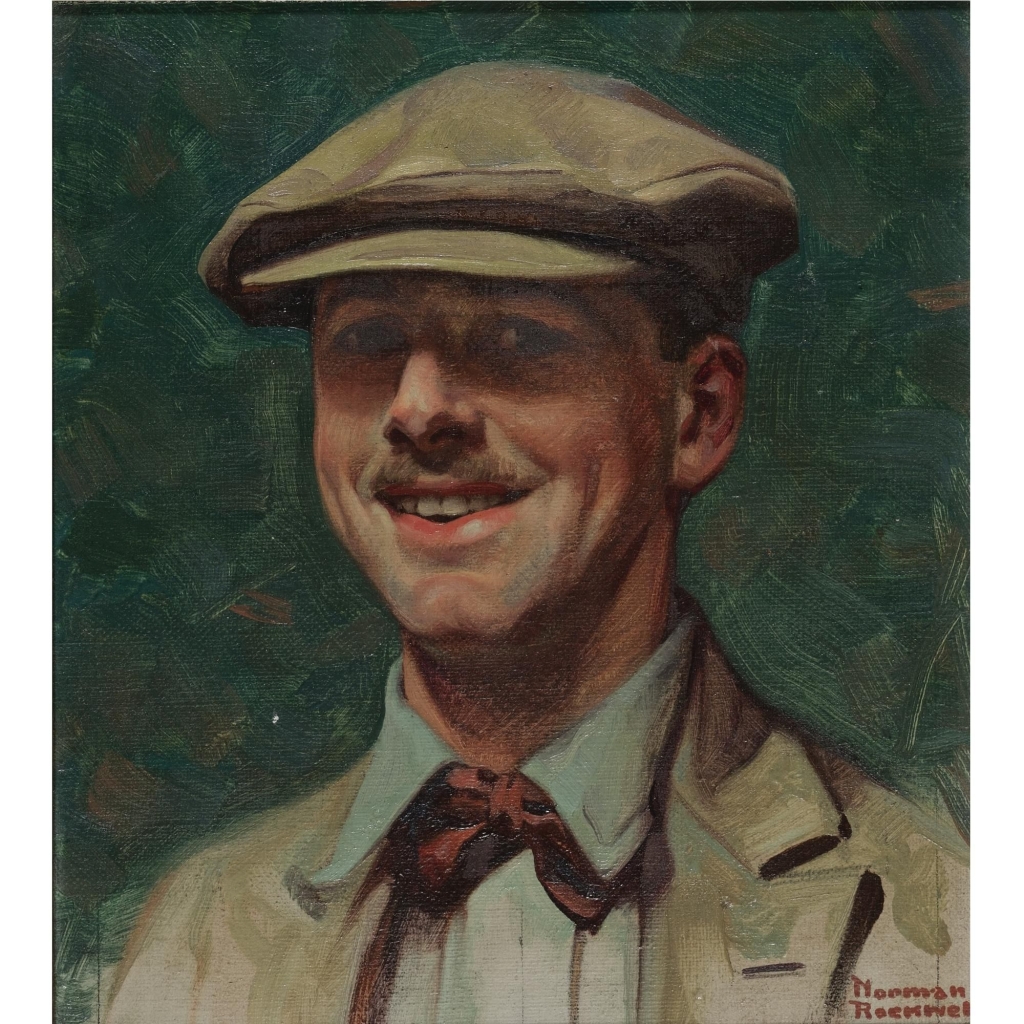
painted by Norman Rockwell
During the 1920’s, Mr. Story began to sell off his many acres of orchard land, and local real estate developers snapped them up to create housing tracts. One of these was the Orange Blossom Manor Tract – so named after the home of famed artist Victor “Clyde” Forsythe and still located at the corner of Alhambra Road and Almansor Street. Some of the most prominent Alhambrans of the 1920’s and 1930’s lived in this exclusive neighborhood.
The varied architectural styles of the homes in this area are reflective of the post World War I period of their construction. The Orange Blossom Manor Tract features a diverse collection of architectural styles, including stately Mid-Atlantic Colonials, sturdy Dutch Colonial Revivals, stunning Spanish Colonial and Mission Revivals, and quaint English Cottages.
In a city that has experienced the destruction of many historic homes, it is important to note that these three Alhambra neighborhoods remain almost completely intact. When you visit Emery Park, Mayfair or the Orange Blossom Manor tracts, you’ll see these neighborhoods almost exactly as they appeared in the late 1920s – a testament both to the excellent quality of the homes and to the commitment of their residents in retaining the original charm and character of these three historic neighborhoods.
Thank you to Chris Olson, past president of Alhambra Preservation Group, for her contribution to this article.
Editor’s Note: This concludes Alhambra Preservation Group’s series on the 1920s. We hope you have enjoyed reading about 1920s Alhambra as much as we’ve enjoyed focusing the spotlight on the beautiful 1920s architecture that can still be found in Alhambra.
Photos courtesy of Alhambra Preservation Group.


